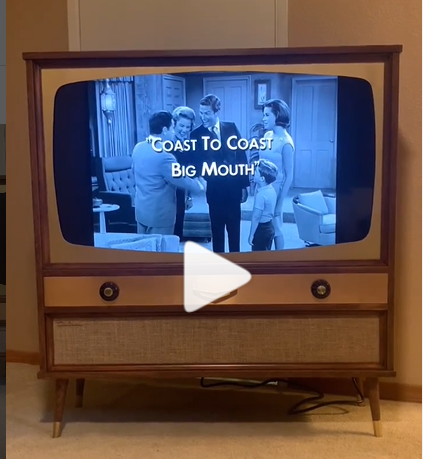
Vintage TV Design: A Nostalgic Look at Classic Technology
Share
The world of television has come a long way since its inception in the 1920s. Over the decades, the technology and design of televisions have undergone numerous changes, resulting in the sleek, high-tech screens we have today. However, for many people, the vintage TV design holds a special place in their hearts. In this blog post, we will take a trip down memory lane and explore the design elements that made vintage TVs so unique.
The cabinet: The first thing that comes to mind when we think of vintage TVs is the wooden cabinet that housed the screen. These cabinets were often made of high-quality wood, such as cherry or mahogany, and featured intricate details like carvings and moldings. Some cabinets even had built-in speakers, giving them a bulky, but elegant, appearance.
The screen: The screens on vintage TVs were small by today's standards, typically ranging from 9 to 21 inches. They were made of glass and had a curved shape, which added to the overall aesthetic of the TV. In addition, many vintage TVs had a protective cover over the screen, which gave them a more rugged appearance.
The knobs: The knobs on vintage TVs were often large and ornate, with intricate designs that matched the cabinet. They were used to adjust the volume, change the channel, and fine-tune the picture. Many people remember the satisfying "click" that these knobs made when they were turned.
The dials: Along with knobs, many vintage TVs had dials that could be used to fine-tune the picture. These dials were usually located on the front of the TV and had a circular design with numbers around the edge. Some TVs even had multiple dials for adjusting different aspects of the picture.
The antennas: To receive a signal, vintage TVs required an antenna. These antennas were often large and mounted on the roof of the house. However, some TVs had built-in antennas that could be adjusted manually. These antennas added to the overall design of the TV, making them look even more futuristic.
The sound: Finally, we cannot forget about the sound. Vintage TVs had a distinctive sound that was different from the crisp, clear audio we hear today. The sound was often muffled and distorted, but it added to the overall charm of the TV.
In conclusion, vintage TV design is a nostalgic reminder of a bygone era. From the wooden cabinet to the ornate knobs and dials, vintage TVs had a distinctive look and feel that is hard to replicate in today's sleek, high-tech screens. For those who grew up with these TVs, they hold a special place in their hearts, and for those who are new to the world of vintage electronics, they offer a glimpse into the past and the technology that paved the way for our modern screens.
Check out our Vintage Style Reproduction TV Knobs with flashy brass buttons:
